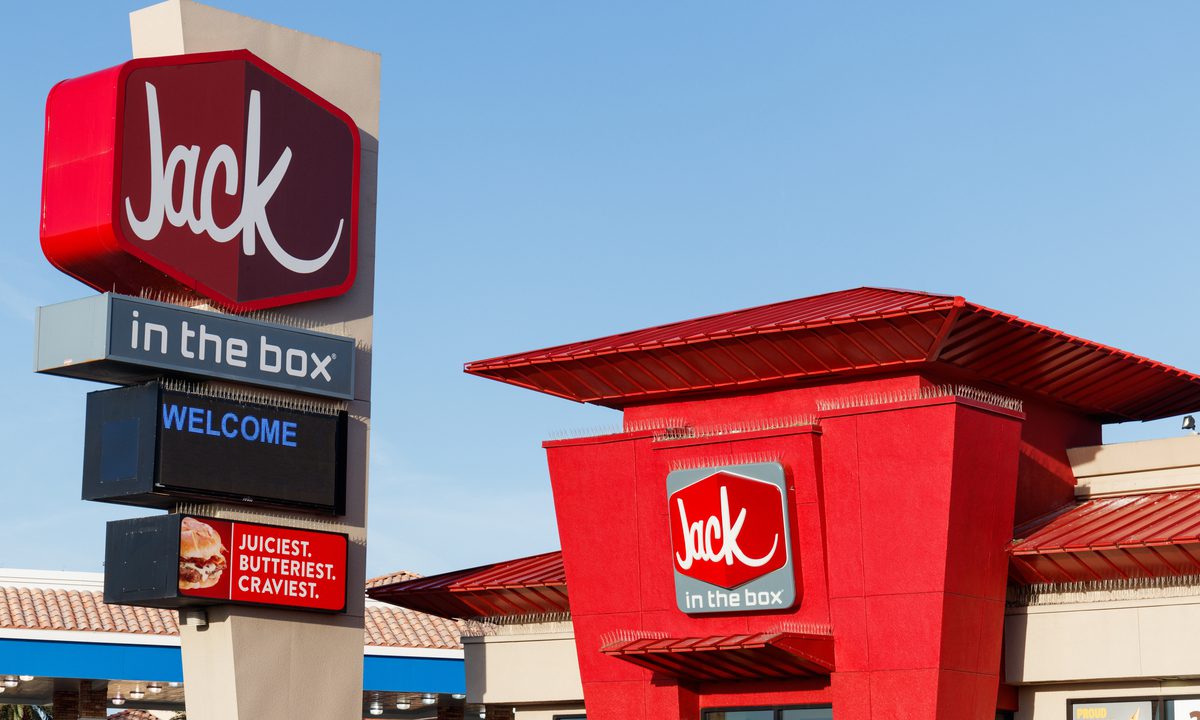Restaurants Leverage Automated Solutions to Mitigate Labor Needs

Major quick-service restaurant (QSR) Jack in the Box is joining the list of restaurants leveraging automation to reduce labor needs.
The company announced Tuesday (April 26) that it is partnering with foodservice industry Robots-as-a-Service company Miso Robotics to pilot test the robotics company’s Flippy 2 frier and its Sippy automatic beverage dispenser.
“This collaboration with Miso Robotics is a steppingstone for our back-of-house restaurant operations,” Tony Darden, chief operating officer at Jack in the Box, said in a statement.
“We are confident that this technology will be a good fit to support our growing business needs with intentions of having a positive impact on our operations while promoting safety and comfort to our team members.”
The news comes as many restaurant brands turn to robotic solutions to weather the labor challenges they are facing. Fast-casual chain Chipotle Mexican Grill, for instance, recently announced the test of an artificial intelligence (AI) autonomous kitchen assistant created by Miso dubbed “Chippy,” which prepares tortilla chips according to the brand’s recipe. Meanwhile, Brinker International, parent company of Chili’s Grill and Bar and Maggiano’s Little Italy, is testing a server robot entitled “Rita,” created by Bear Robotics, at dozens of Chili’s locations.
Related news: Chipotle Tries Out ‘Chippy’ Robotic Kitchen Assistant
Restaurants Shift Their Tech Focus From Consumer Experience to Operational Efficiency
These labor issues remain top of mind for many restaurants. The total number of employees in the restaurant industry has recovered significantly from the worst months of the pandemic, but it has still not returned to 2019 levels. In March, according to U.S. Bureau of Labor Statistics (BLS) data, employment in the Food Services and Drinking Places (bar and restaurant) subsector of the hospitality industry was down 4% from March 2019 but up 13% from 12 months earlier.
While a 4% decrease does not sound all that significant, it is worth noting that consumers are ordering from restaurants for a greater number of total occasions than in pre-pandemic years, with the rise in digital ordering prompting an increase in the share of at-home meals that consumers purchase from restaurants.
In fact, according to data from PYMNTS’ 2021 How We Eat Playbook, created in collaboration with Carat, from Fiserv, which drew from a census-balanced survey of more than 5,200 U.S. adults, restaurant customers are now 31% more likely to purchase meals for off-premises consumption than they are to dine on-site.
Read more: Up for Grabs: Restaurants and Grocers See Path to Picking up 200 Million New Customers
In an interview with PYMNTS’ Karen Webster, Andrew Robbins, CEO of Software-as-a-Service (SaaS) customer experience management (CXM) solutions provider Paytronix, explained how staffing challenges continue to hamper eateries’ ability to meet the demand for restaurant meals.
“[Restaurants are] still struggling. So, revenue’s up, dining is up, and it really could be a boom market for them if they could get the labor,” he said. “There are still people who are shutting down, not doing the full day that they would normally do and closing some nights. … It’s still a real problem.”
Related news: Labor Challenges Stifling Would-Be Restaurant Boom, Paytronix CEO Says
As such, many restaurants are seeking out automated solutions to boost the total number of orders they are able to fulfill. Now, as technology providers race to provide the most advanced solutions, some in the space advise caution.
In a February interview with PYMNTS, Jake Brewer, chief strategy officer at Miso Robotics, warned that the rush to develop new products could come at the cost of making the best use of existing technologies.
“It’s the old adage: one in the hand is worth two in the bush,” he said. “You could always be chasing two of those two birds in the bush and never actually get them … A lot of these brands, Miso included, have several products in hand that we know work and we know solve a big problem in the industry … [Some] people are chasing that next big innovation for forever, and they never actually get their first thing off the ground.”
See also: Robotics Could Integrate With Restaurants’ Digital Systems Within a Year
